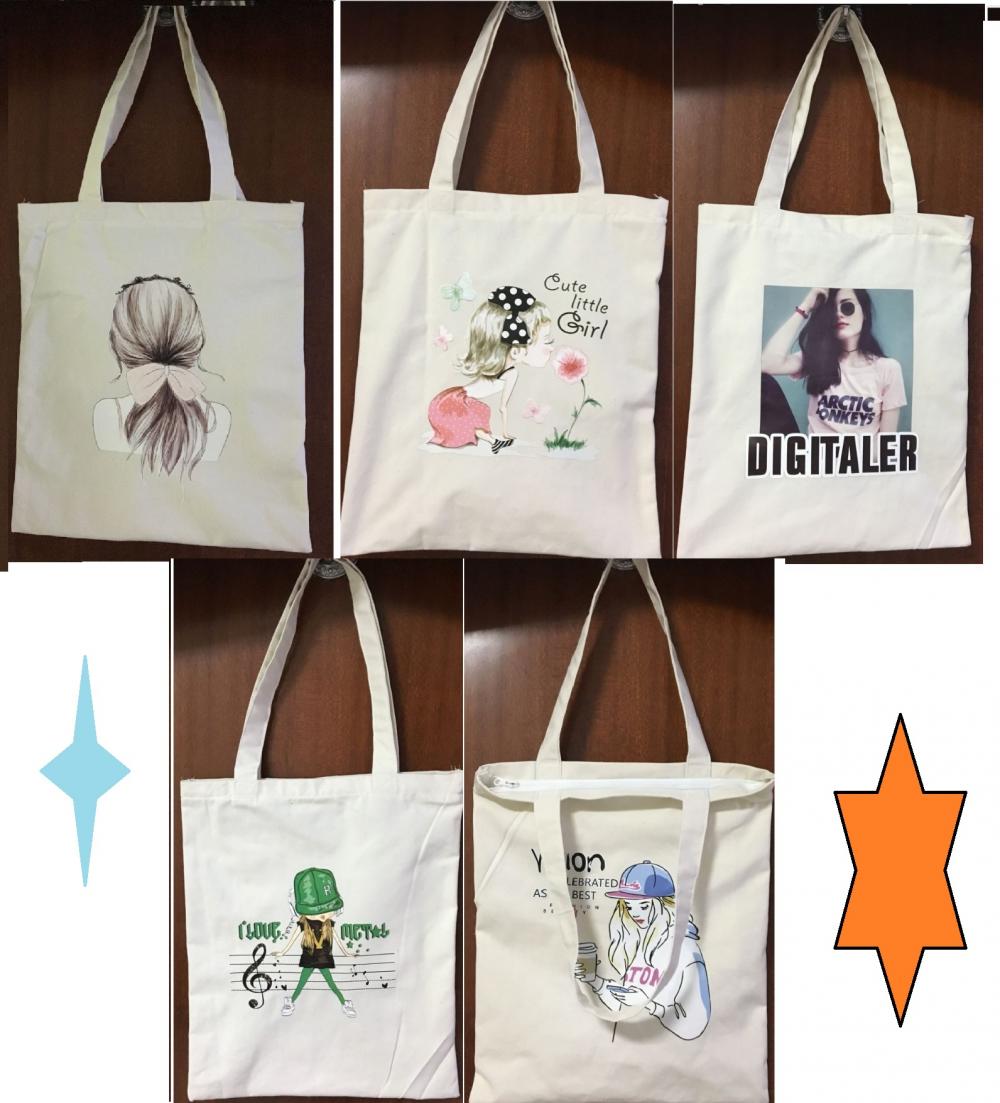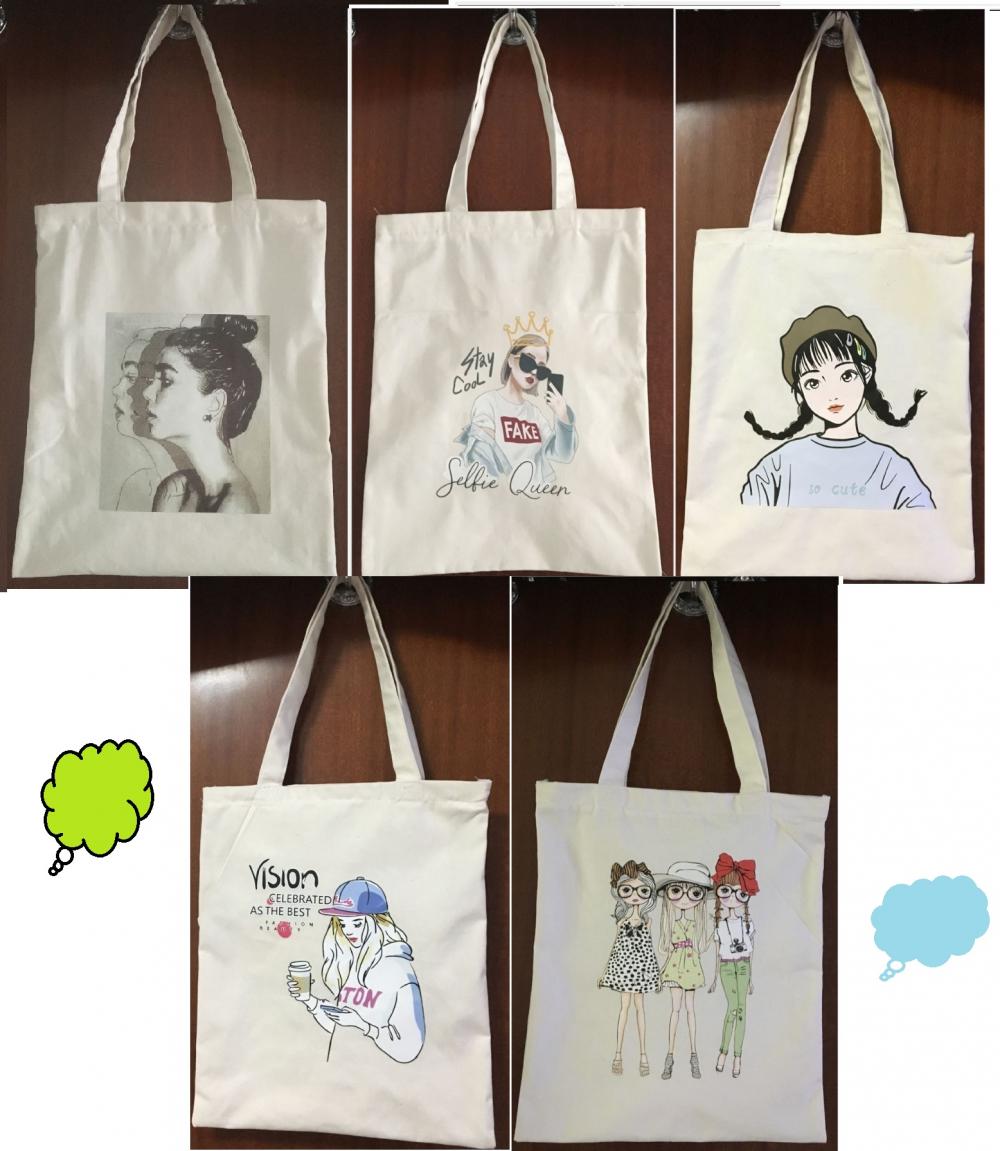The Ohio State University’s research team has made milestone progress in the development of wearable electronic devices: they used polymer lines with a diameter of only 0.1 mm and covered with silver as the “spiraton†to successfully weave circuits into fabrics. The ability to integrate electronic components such as sensors and computer memory perfectly into clothing means that intelligent clothing that can send and receive digital information is a step closer to reality.
The research team published in the latest issue of the IEEE Antenna and Wireless Transmittal Paper stated that they have created a typical desktop sewing machine in the laboratory and automatically embroidered this kind of “spill thread†through computer files based on loading patterns. Into the fabric. The texture of "Spiraea" is no different from traditional yarns, and its pattern determines the operating frequency of the antenna or circuit. For example, for a wide-band antenna, the "spiral thread" can be woven into several interlocking geometric shapes, forming an intricate circle whose different components transmit energy at different frequencies, and they can cover one when working together. Extensive spectral energy. In this way, the antenna has the ability to "broadband" for cell phone and Internet access. It is reported that if a few inches wide-band antenna is woven, the material cost is about 30 cents, which takes only 15 minutes.
The research team stated that this is also a revolutionary technology in the textile industry. It is believed that functional textiles will replace technological products such as communications and sensing, and even one day, it may be applied to medicine, such as imaging and health monitoring. Using this technology, it is possible to produce shirts with smartphones or tablets embedded in the future, sportswear that monitors fitness levels, sports equipment that monitors the performance of athletes, bandages that tell doctors about the condition of subcutaneous tissue, or soft knit caps that sense brain activity. Even in the treatment of patients with epilepsy, the activity of the brain can be understood without the need to connect lines outside the patient's body.
Researchers also say that shape-determining functions, they want to develop a technology that can weave different shapes of fabrics to suit different applications.
Editor's Editor
In all wearable electronic devices, smart clothes are "zero burden". For example, if I put on a smart bracelet, I add an item to my wrist, but the change in the clothing can not increase the burden of wear. Moreover, the coverage of clothes is obviously much larger, which means that the number of sensor contact points is increased, and the measured physical data can be collected more widely. This is the most promising player in the wearable field. The emergence of this new research will undoubtedly speed up the development of true smart clothing. ( Science & Technology Daily )
For more content, please follow this site
the shopping bag is fashion and model which is widely used by all student and young man and young woman.
it is made by cotton Canvas Fabric, it is light and environmentally and very cheaper, and it can be rewashed very times



Shopping Bag,Student Bag,Fashion Bag,Student Shopping Bag
ZIBO BEST WAY INTERNATIONAL TRADING CO.,LTD , https://www.zbbestway.com